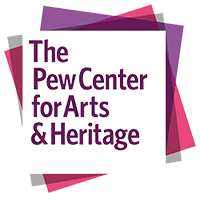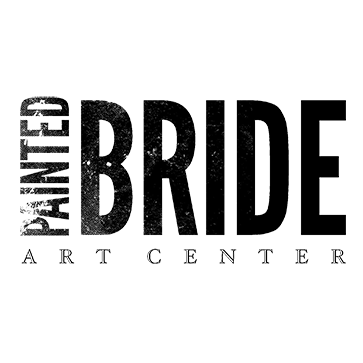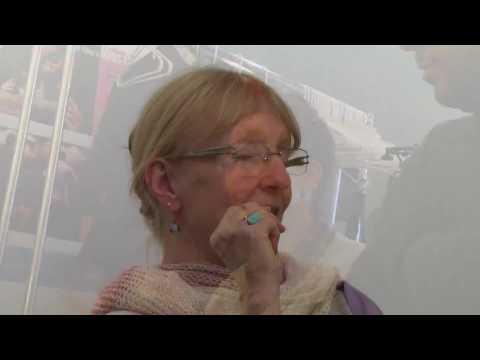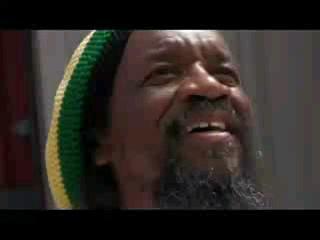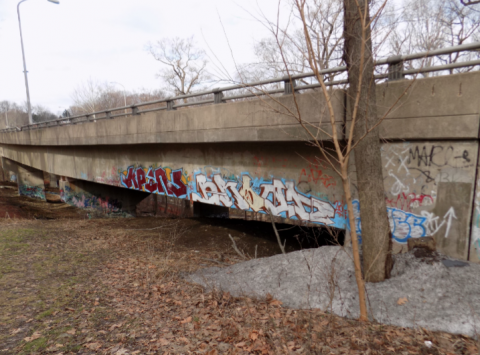Vision Note
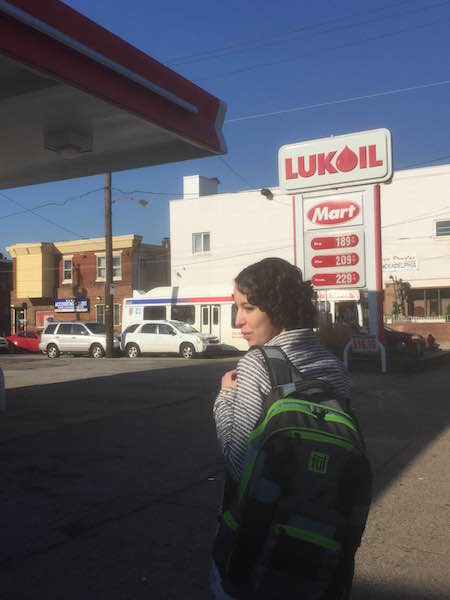
Vision Note:
Every Little Detail
by Katia Hadjeb
Re-PLACE-ing Philadelphia is building an expanded archive of cultural memory that includes multiple histories, re-place-ing the established with new narratives and understandings. Notes consider place via the street, sound, food, trees, and other portals.
In partnership with educator Joshua Block, students from Philadelphia's Science Leadership Academy are creating and publishing their Philadelphia Field Notes. Katia Hadjeb, who moved to Philadelphia from Algeria in 2012, describes her experience navigating Philly with a sight impairment.
People often wonder and question how blind people are able to tell where they are. Fortunately, human beings have so many other senses besides sight. Of course sight is very valuable, but if it is lost it’s not the end of the world; the other senses will still be present. Humans are afraid of blindness, they usually associate it with darkness. They do not think about other species that are temporarily blind, like great white shark when attacking, or bees at night. The point is sight is not necessarily what provides guidance.
Just like the great white and the bee, blind humans are also able to travel with no sight. All the senses work together and even without sight, a visualization starts inside the brain. The sounds, the smell, the wind, everything matters. Unfortunately, sighted people don’t pay attention to those things because they are not necessary for their survival, or maybe because sight can sometimes be a distraction.
Every little detail is there for a reason. The loud music mixed with the sound of cars moving on the parallel street. The gas smells from so far away. Why does that matter? Because all of these things signal a blind person like me that he or she is near a gas station; it also tells me that I am a block away from the SEPTA station.
I may be sight impaired, but I am not visually impaired. Sight and vision are way different. Sight is what allows us to see things in front of us, and we need eyes to do so; but vision is what allows us to interpret the world around us. It cannot be obtained without the collaboration of all of our senses. In other words, vision is what let’s us be, not sight.


